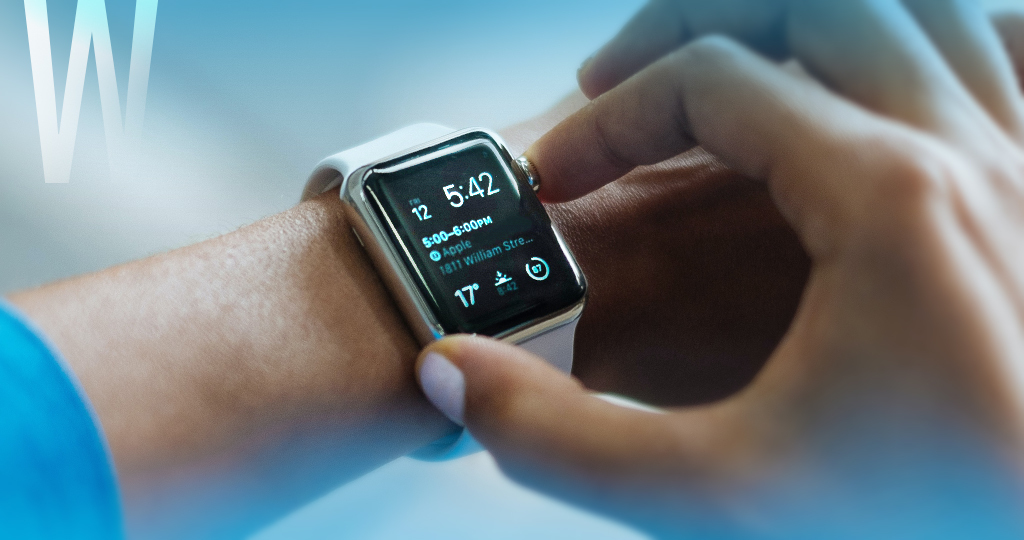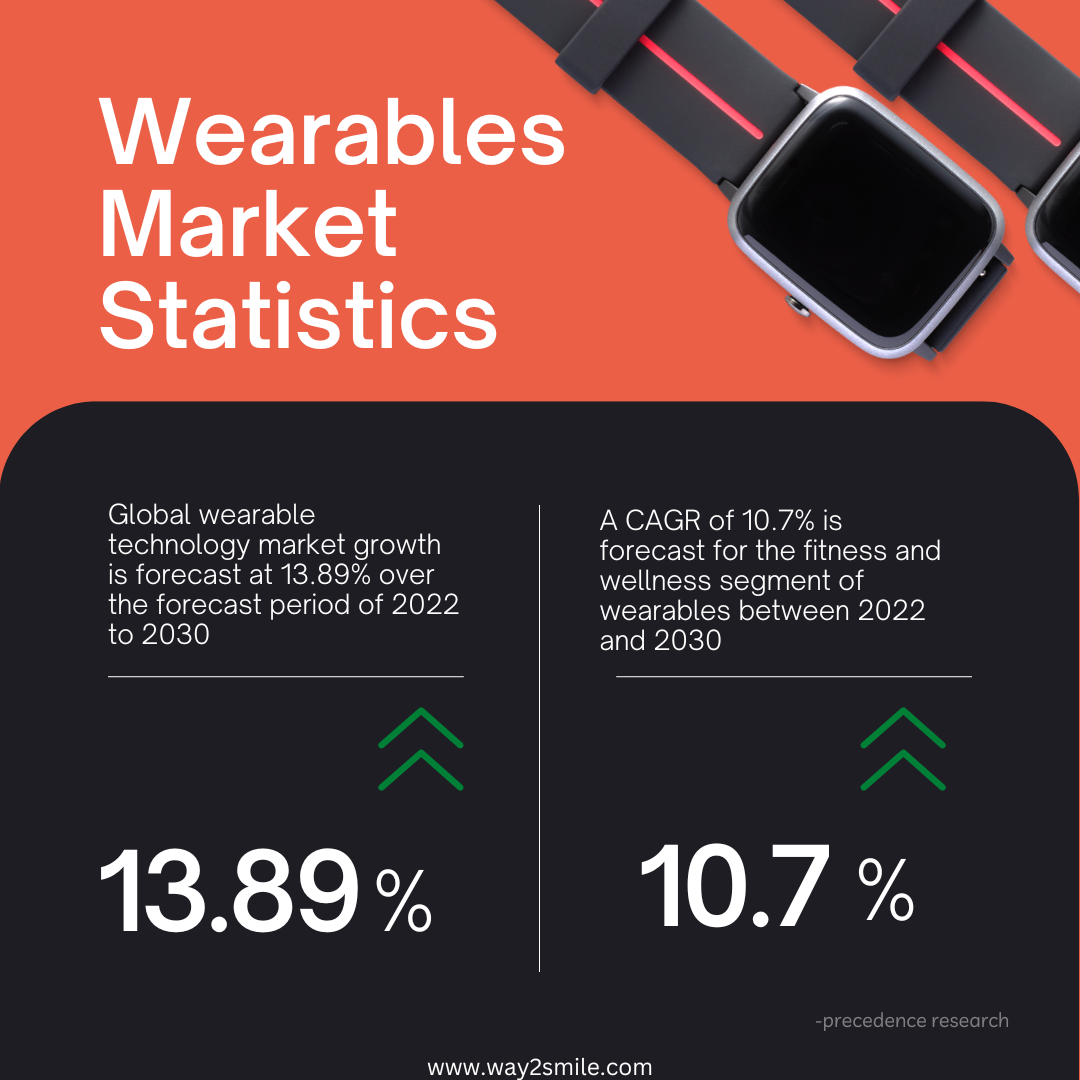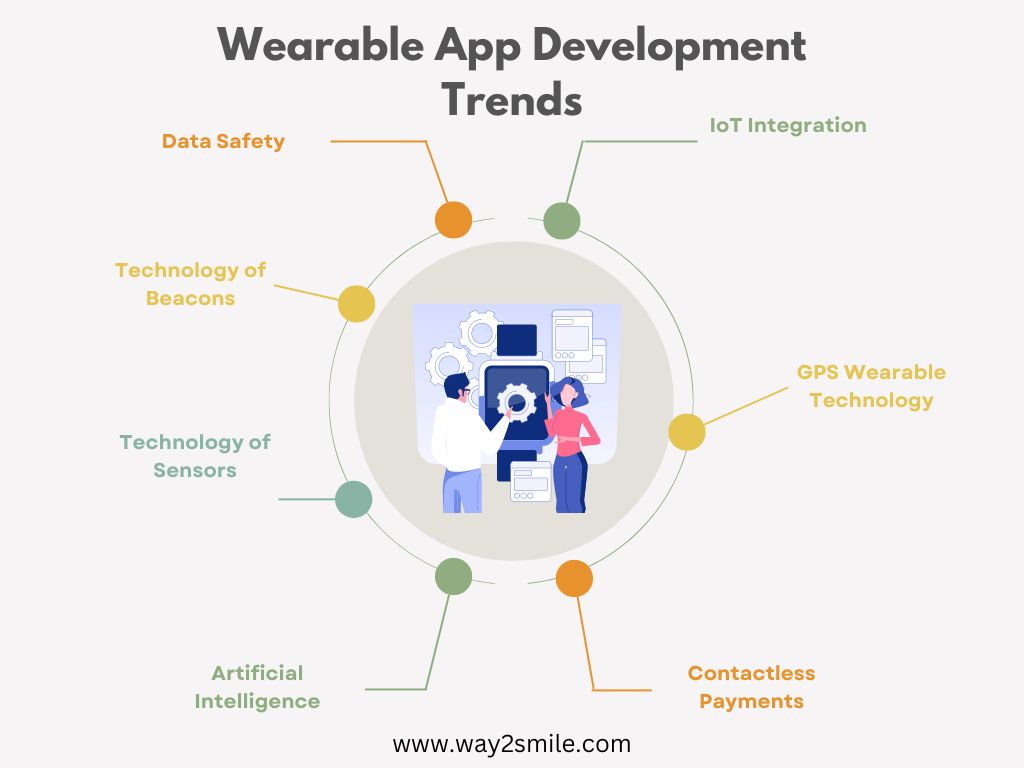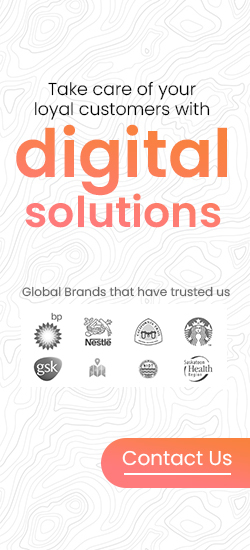Wearable Tech on the Rise: Navigating the Trends and Impact on Modern Business

Increased adoption of IoT and increased population use of technology are expected to fuel the growth of wearable technology according to market analysis during the forecast period. Recent years have seen market growth due to increased technological literacy. It is predicted to continue in the coming year as well. Increasing consumer awareness will lead to a rapid expansion of the market. Also as purchasing power rises, more people are looking to invest in wearable technology.
Innovative products and solutions have been developed in this industry through constant research and development and contributing to its growth. In the coming years, the market will grow due to the advanced features available with these variable devices.
Statistics of Wearable Technology
- A 38.6% market share was held by North America in 2021.
- Global wearable technology market growth is forecast at 13.89% over the forecast period of 2022 to 2030.
- A 48.6% revenue share was contributed by the consumer electronics application segment in 2021.
- A CAGR of 10.7% is forecast for the fitness and wellness segment of wearables between 2022 and 2030.
- 49.2% of the market share in 2021 was held by wrist-worn products.
- A higher CAGR of 14.3% is expected for the eyewear and headwear product segment from 2022 to 2030.

How do industrial wearable devices add value to businesses?
Industrial wearable devices are designed to streamline operations, boost productivity, enhance worker safety, and optimize processes by providing real-time data. By incorporating wearable technology, businesses can increase efficiency and save costs. Hands-free technology also empowers workers and allows for improved communication and collaboration among teams.
Onboarding and training processes have been accelerated and communication loops have been compressed. Among the specific applications are:
Improving plant efficiency
By tracking employee movements, processes can be redesigned and optimized to increase plant efficiency.
Increasing safety
They can also assist in ensuring that rotation occurs as planned, reducing the risk of injury due to fatigue or excessive work.
Reinventing training
Wearable technology can be used as a training aid when onboarding and training new employees.
Using remote experts
Wearable app development can impact industrial processes by enabling remote experts to advise and guide on-site personnel. Remote facilities can benefit from niche expertise in minutes instead of days caused by cross-border travel.
What technology is used by industrial wearable devices to transmit data?
Many wearable monitoring devices transmit data using a low-range RF signal. Wearable devices continuously stream processed and unprocessed data and are expected to work indefinitely, regardless of Internet connection availability. Wearable app development creates technological challenges for businesses, related to data volume and offline processing.
In what ways can wearable technology enhance Metaverse experiences?
The Metaverse will be enriched by wearable technology, which will allow multiple devices to communicate with each other. Users will be able to experience the virtual world through a new lens by combining AR and VR technology with 3D spatial sound and movement. Wearable technology would benefit metaverse experiences ranging from entertainment to education – greater immersion leads to greater engagement.
Watches have a lot of potential as a Metaverse device because they can be combined with headsets and other devices to create new and innovative experiences. The extent of its functionality can far exceed the current smartwatch, from producing 3D maps to projecting video calls from your wrist.
Wearable App Development Trends
What are the major trends and debuts in wearable technology in 2022 and beyond?
Through the evolution of technology, human minds and skills have been set to automate processes and realities in a variety of industries and types of employment. App development is contributing significantly to this by accelerating industrial growth. Every mobile app development company in the midst of this growth is now focusing on wearable technology for future-oriented app development.
Although wearable technology is now quite old in terms of technology, it has begun to change app development trends and versatility to provide optimal performance.
According to a research, by 2022, 25% of the adult population in the United States was using wearable technology. This highlights the importance of multi-platform connectivity as well as some useful, user-friendly features.

IoT Integration
A digital web of interconnected devices, known as the Internet of Things, is a digital platform for seamless data exchange. While the primary reason for this is to automate logical computation for better living, it also serves a variety of other user needs.
GPS Wearable Technology
GPS and location-based services are also making inroads into the development of wearable apps. GPS technology could fuel the future of wearable app development in the coming years, ushering in technologies such as self-driving cars.
Contactless Payments
Contactless ePayments are one of the notable updates in this space. Wearable applications could be crucial in providing various aspects of online payment. This integration has the potential to have a significant impact on industries such as eCommerce, restaurant management, and so on. In addition, the banking and finance industries could use wearable contactless payment devices to make payments more convenient.
Artificial Intelligence
AI has influenced how people interact with mobile devices, conduct businesses, and perform various tasks by ensuring automation, interactivity, and personalised solutions.
Similarly, artificial intelligence in wearable technology would provide quick and automated solutions. AI in wearable apps would improve service quality by eliminating errors and bugs while also ensuring efficient service delivery.
Technology of Sensors
Sensor technology has been widely used in the development of wearable apps for many years. Sensor technology has done it all, from enabling innovative functionalities to ensuring personalised services and data provision. In the healthcare industry, for example, sensor technology has enabled heartbeat counts, blood pressure measurement, calorie intake measurement, and more.
Similarly, fitness-tracking wearable devices track pulse rate and the number of steps taken per day using sensor technology. Aside from the healthcare industry, several designers are working to get the most out of sensor technology by emphasising user engagement and enhanced UI/UX features.
Technology of Beacons
Beacons are low-cost transmitters that use low-energy Bluetooth to send signals to nearby electronic devices. Beacon devices provide effective and simple connectivity with other electronic devices in the vicinity in order to share information and facilitate location-based searching.
Although the technology has been widely used in smartwatch development, the trends will continue to grow this year. Furthermore, when compared to GPS services, this technology provides more advanced and precise locational results.
Data Safety
Since cyber threats and bullying have recently increased, the process of wearable app development could include data security measures. Any data that appears suspicious or has the potential to produce unexpected results can be evaluated and limited in order to avoid potentially dangerous situations.
Conclusion
Wearable technology has a lot of potentials, which is perhaps its most intriguing aspect. There are no limits to innovation. Wearable devices will be the next stage of evolution, in the footsteps of mobile phones.
If we talk about Metaverse wearables, watches and wristbands are frequently overshadowed by the concept of AR/VR headsets, but they will undoubtedly play an important role in how we experience the Metaverse in the future.
New players are entering the wearable market with better products and services to meet the varying needs of consumers. However, in order to sustain demand and maintain user trust, manufacturers must seriously consider a number of concerns. With people becoming more aware of these devices, it is difficult to ignore the critical issue surrounding these devices.
Since wearable app development is developing as a new tech invention, this industry may experience additional new trends and developments. Way2Smile Solutions is a leading App Development Company in Chennai that offers wearable app development services to global organizations.


